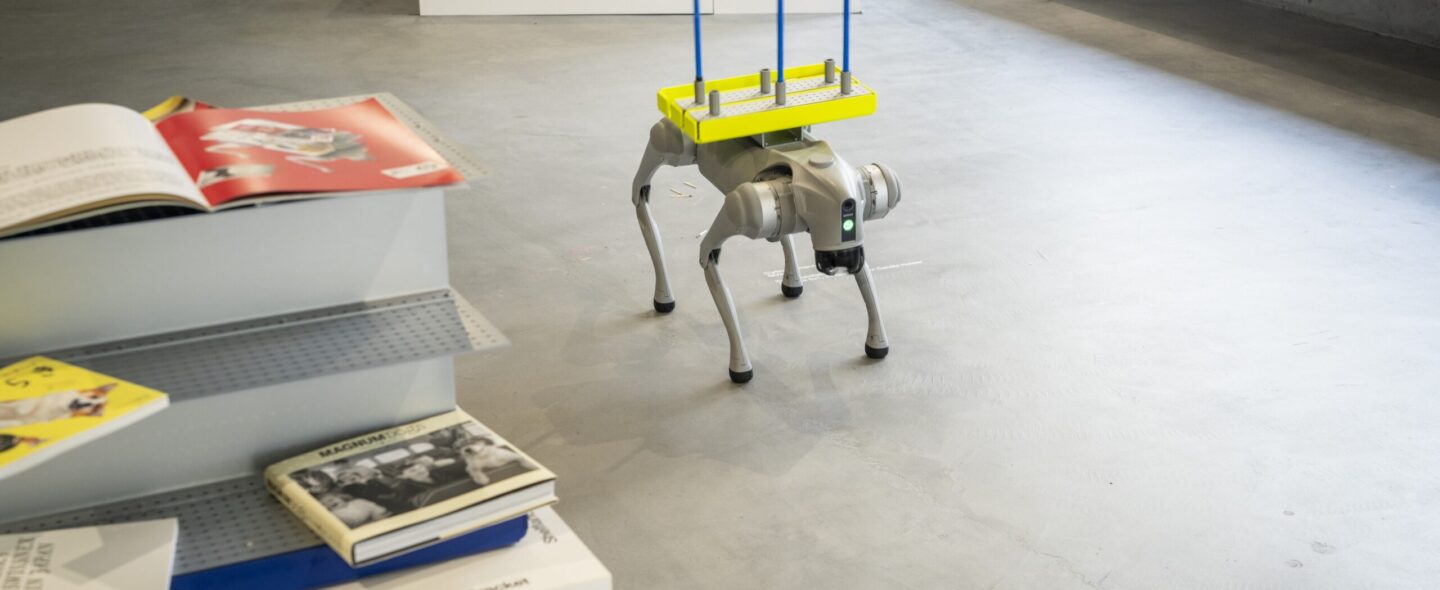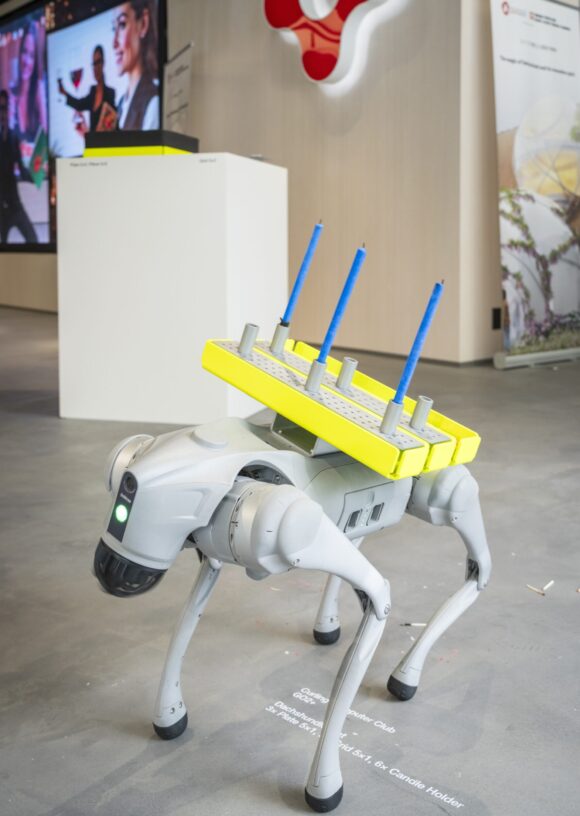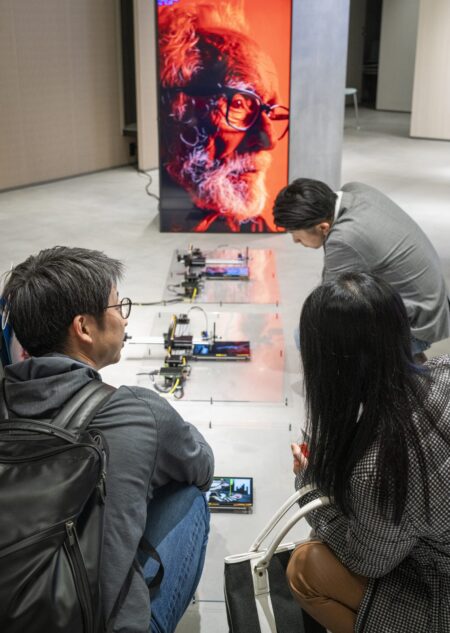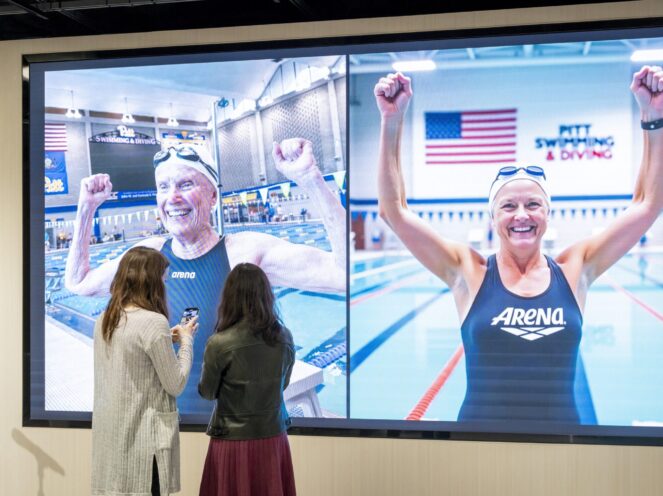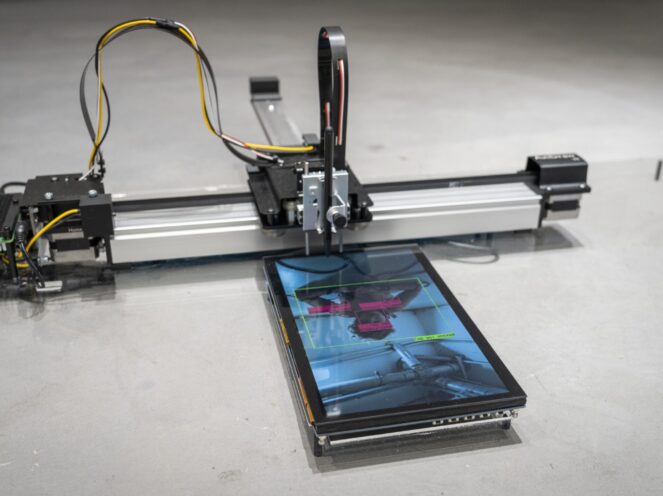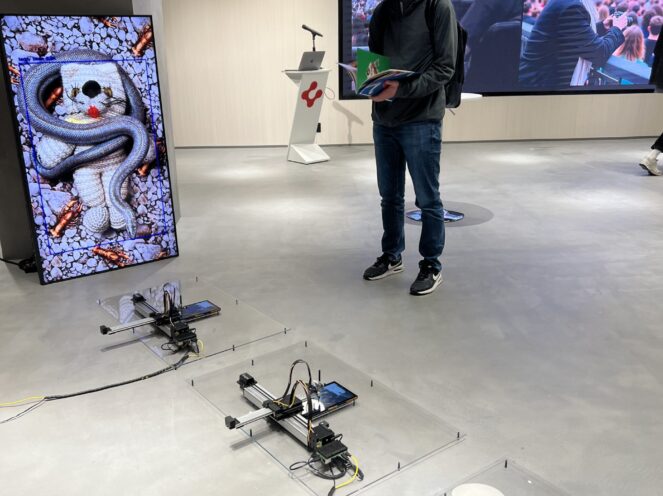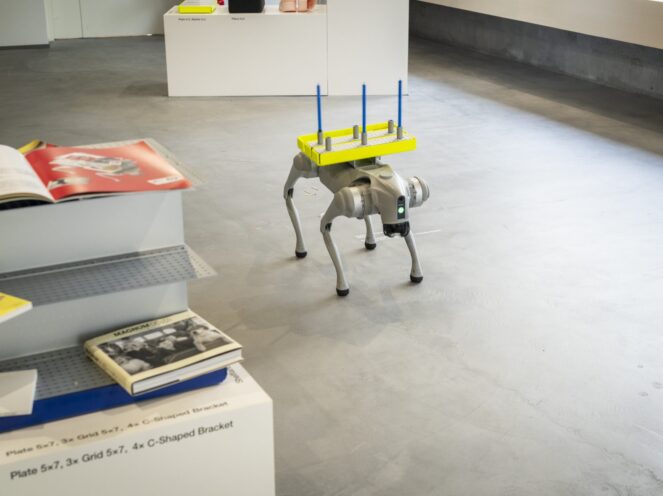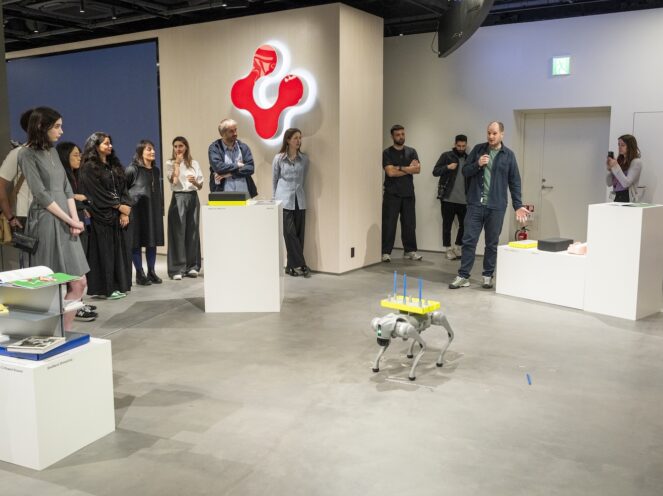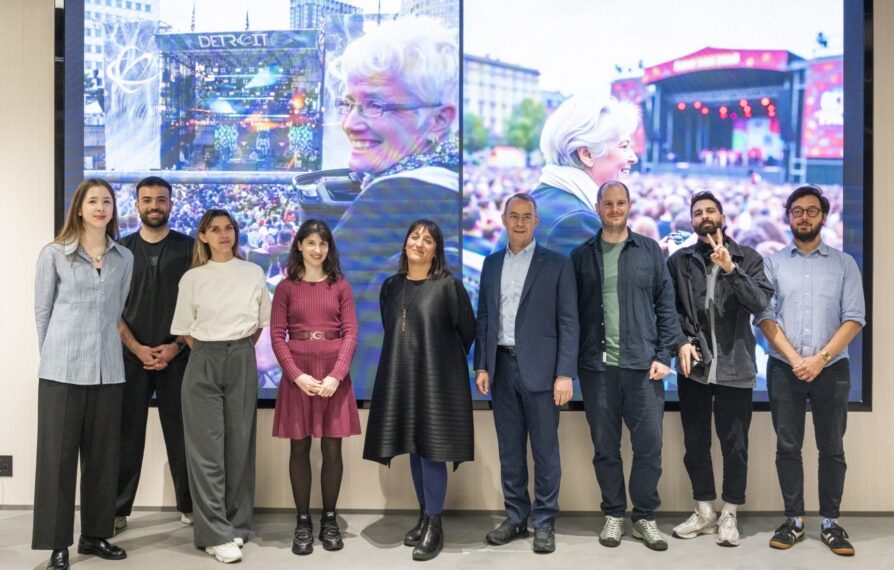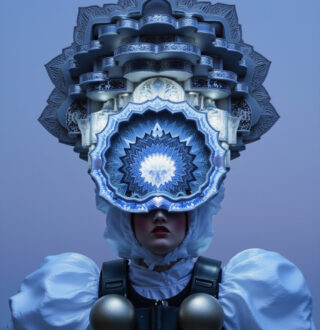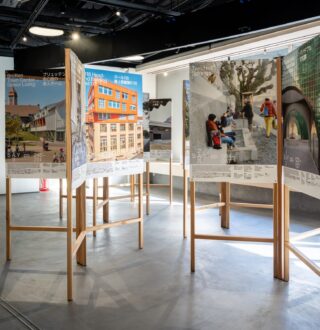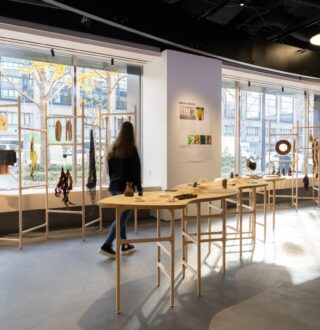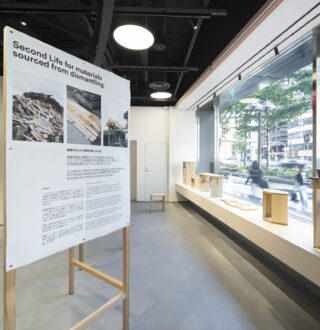
Fiammetta Pennisi
Facing Midosuji, the Champs Elysees of Osaka, the Swissnex Window offers a glimpse into Swiss ingenuity and excellence.
The Synthetic Interactions exhibition showcased a compelling encounter between design, creative technology, artificial intelligence, and robotics. The exhibition featured three interactive installations that encouraged visitors to critically engage with the ways technology shapes perception, representation, and societal norms.
Throughout the exhibition, visitors were active participants—touching, interacting, scanning, and engaging directly with the installations. This hands-on experience brought to light how technological systems not only influence but also mediate our perceptions of reality, identity, and society.
By showcasing Swiss creative practices in Japan, Synthetic Interactions opened a vibrant dialogue about the future of interaction design. The exhibition invited audiences to reflect critically on the promises and pitfalls of synthetic intelligences and consider how these systems shape the world we inhabit—both today and tomorrow.
The vernissage of Synthetic Interactions, the fifth chapter of the Swissnex Window exhibition series, brought together a curious and engaged audience for an evening at the intersection of design, artificial intelligence, and robotics. Highlights of the evening included insightful talks by Dr. Serena Cangiano (Head of Digital Fabrication Lab, SUPSI), Alice Mioni (Interaction Designer, SUPSI), Sophie Sprugasci (Graphic & Interaction Designer), who shared the creative intentions and research driving the works. From robotic furniture prototypes to machine-learning-powered censorship systems, the projects sparked conversations around algorithmic bias, human-machine relationships, and the future of interactive design.
Swissnex in Japan presents “Reimagining Traditional Crafts with Cutting-Edge Technology,” the 6th edition of the Swissnex Window exhibition series. Watch the fusion of tradition and innovation unfold a dialogue between culture and technology.
The SAY Swiss Architecture Yearbook exhibition, presented as part of Swissnex Window #3, has concluded its run in Japan, marking a significant chapter in the celebration of Swiss architectural innovation and sustainability. This exhibition, launched in 2023, highlighted 36 remarkable architectural projects selected from 129 nominations, offering a platform for international dialogue on topics such as sustainable construction, urban innovation, and excellence in Swiss architectural design.
From December 9, 2024, to January 10, 2025, the second Swissnex Window exhibition offered visitors a profound exploration of algae's potential in addressing global challenges and reshaping human-environment relationships. Spotlighting the intersection of art, science, and sustainability, it featured cutting-edge work and a workshop by Swiss artist Maya Minder in downtown Osaka.
Swissnex in Japan successfully launched its new Swissnex Window series with the exhibition "Design with Wood" from October 25 to November 22, 2024, at the Consulate of Switzerland in Osaka. This inaugural showcase highlighted the innovative work of five emerging Swiss designers—Fabien Roy, Amandine Gini, Victor Moynier, Ramona Hess, and Salomon Elsler—who transform discarded or overlooked wood into striking examples of sustainable design.
Fiammetta Pennisi
